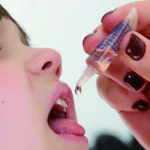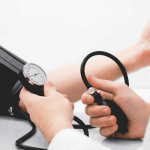Are you aware of the dental health services that the public network provides to all Brazilians? oral health it's the name.
Through the Ministry of Health, these services have been changing the quality of life of many people through the Brasil Sorridente program, expanding access to dental treatment for Brazilians in the Unified Health System (SUS).
In this sense, more than 5,200 municipalities offer this promotion, prevention and oral treatment service, available to all ages in the public health network.
This action by Brasil Sorridente focuses on reorganizing access to oral health in Primary Care and is one of the oldest in the country, created in 1986 and since then has undergone several transformations.
With this, the Basic Health Units teams count on the presence of dentists, technicians in oral health and assistants, thus expanding the entire service to the population, with strategies for places that have more difficult access.
For example, homeless people, rural communities, riverside communities, among others.
In addition, the program is in constant evolution and construction, on issues involving the fluoridation of public supply water, with the partnership of the Health Surveillance Secretariat (SVS).
In order for these services oral health to happen, the Federal Government invested around R$1.5 billion in 2021, and in 2022 the expectation is to invest another R$ 1.6 billion in services offered.
To access this service, just go to the health center and ask them to register, requiring identification documentation, proof of residence and CPF.
The main treatments provided by Brasil Sorridente are oral diagnostics, oral surgery except for soft and hard tissues, endodontics, dental prosthesis on implants, dental procedures in a hospital environment, and for patients with special needs.
Read too:
Experts explain why we should reflect on our quality of life.
Did you know that there are levels of SUS assistance? Understand.
In total there are more than 15 available procedures offered to the population free of charge.



